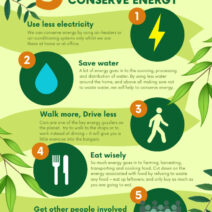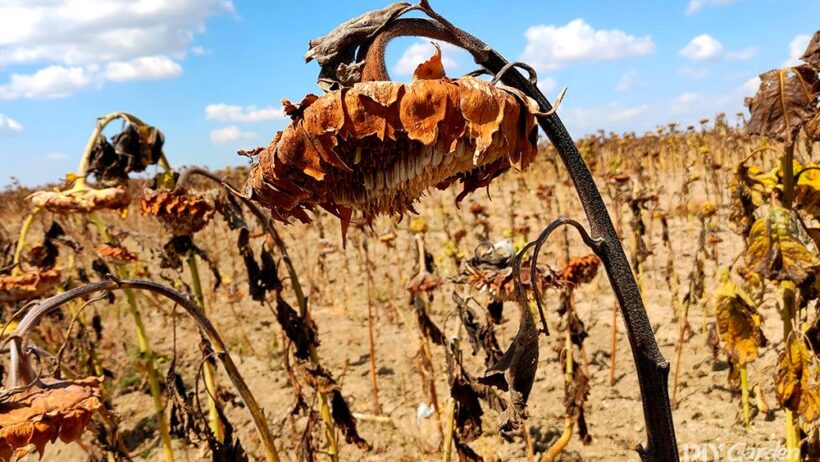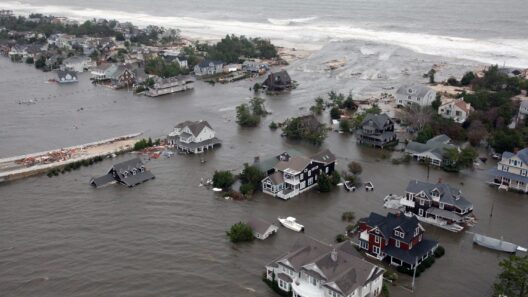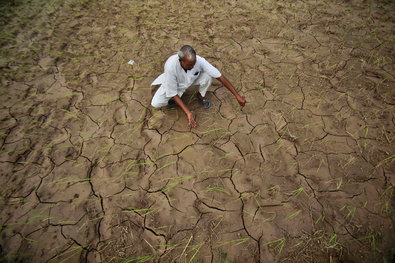Once upon a time, in a world filled with lush green forests, towering trees swayed gently in the breeze. These forests are vital ecosystems brimming with life, providing shelter, food, and oxygen for countless species, including humans. However, today, these magnificent forests face a daunting adversary: global warming. How does this phenomenon affect our forests? Let’s embark on a deep dive into “The Tree Story,” where we will unravel the intricacies of how climate change impacts our arboreal companions.
To understand the relationship between global warming and forests, we first need to grasp what global warming is. Global warming refers to the gradual increase in Earth’s average surface temperature, primarily due to the accumulation of greenhouse gases in the atmosphere. These gases trap heat, preventing it from escaping into space, thus creating a ‘greenhouse effect.’ The burning of fossil fuels, deforestation, and industrial processes have significantly enhanced the concentration of these gases. This warming has extensive implications for forests around the globe.
One of the most significant impacts of global warming on forests is the alteration of growth patterns. Trees are sensitive to temperature and precipitation changes. Rising temperatures often lead to longer growing seasons in some regions, promoting growth. However, the speed of global warming can outpace trees’ ability to adapt, ultimately leading to stress in various species. For instance, trees may experience stunted growth or diminished reproductive success, resulting in fewer seeds being produced for the next generation.
Additionally, the distribution of tree species is radically shifting due to changing climatic conditions. As temperatures rise, many trees are finding it increasingly challenging to survive in their traditional habitats. Some species may migrate towards cooler areas, such as higher elevations or latitudes. This phenomenon, termed “species migration,” disrupts the delicate balance of forest ecosystems. Trees that cannot migrate quickly enough, often due to habitat fragmentation, face the risk of local extinction.
As temperatures fluctuate, precipitation patterns also change. Some regions experience torrential downpours, while others suffer from severe droughts. Forests, accustomed to their climate, struggle to adapt to these extreme shifts. Increased rainfall can lead to soil erosion and flooding, devastating young saplings and established trees. Conversely, droughts can cause trees to become parched, leading to higher mortality rates. A stressed tree is akin to a weakened soldier in battle — vulnerable and susceptible to disease and pests.
One of the most alarming effects of global warming is the increased susceptibility of forests to pests and diseases. With alterations in climate, many insects, fungi, and pathogens thrive in new environments. Warmer temperatures may allow pest populations to increase rapidly, leading to infestations that can decimate whole forests. For example, bark beetles, which are tiny insects that bore into the bark of trees, have surged in numbers in many areas due to warmer winters. These infestations weaken trees and can lead to widespread forest die-offs.
Furthermore, forest fires are becoming more frequent and intense, exacerbated by hotter, drier conditions. As forests dry out due to rising temperatures and prolonged droughts, they become more susceptible to ignition. Wildfires not only destroy habitats for countless organisms but also release vast amounts of carbon dioxide back into the atmosphere, further aggravating the greenhouse effect. The cycle seems unending: global warming leads to conditions that create more fires, which in turn contribute to global warming.
Forests are also pivotal in regulating the Earth’s climate. They act as carbon sinks, absorbing carbon dioxide from the atmosphere and storing it in their biomass. However, as trees die or are burned, this stored carbon is released, contributing to the very problem they help mitigate. It’s a paradox that underscores the importance of protecting our forests amidst climate change. Conserving existing forests and reforesting degraded areas becomes crucial to achieve carbon neutrality and combat global warming.
Certainly, we cannot overlook the social and economic implications of climate change on forests. Many communities, including indigenous peoples, rely on forests for their livelihoods, cultural identity, and subsistence. As forests deteriorate due to climate impacts, these communities face challenges that can threaten their very existence. Sustainable forest management practices must be emphasized, geared towards balancing environmental health with human needs.
So, what can be done to enhance the resilience of forests against the challenges posed by global warming? First and foremost, reforestation and afforestation projects should be prioritized. Planting native tree species can help restore ecological balance and enhance biodiversity. These initiatives need active community participation to foster ownership and ensure sustainable outcomes.
Moreover, educating the next generation about the importance of forests in combating climate change is paramount. Children can be empowered with knowledge about their role as stewards of the Earth. Curriculum that includes interactive learning experiences, such as tree planting or forest excursions, can inspire a lasting connection with nature.
Lastly, policy reform is critical. Governments and organizations worldwide must prioritize legislation that protects forests and promotes sustainable practices. Investments in research and technology can lead to innovative solutions for forest conservation and restoration. Global cooperation is vital, as climate change knows no borders. Together, collective action can safeguard our forests for future generations.
As we traverse through the unfolding chapters of “The Tree Story,” it becomes clear that forests are not just remnants of nature’s beauty; they play an instrumental role in our survival and health. While global warming poses significant challenges, there is hope through awareness, action, and collaboration. By uniting our efforts, we can ensure that forests remain resilient, vibrant, and flourishing, for they are indeed the lungs of our planet.








